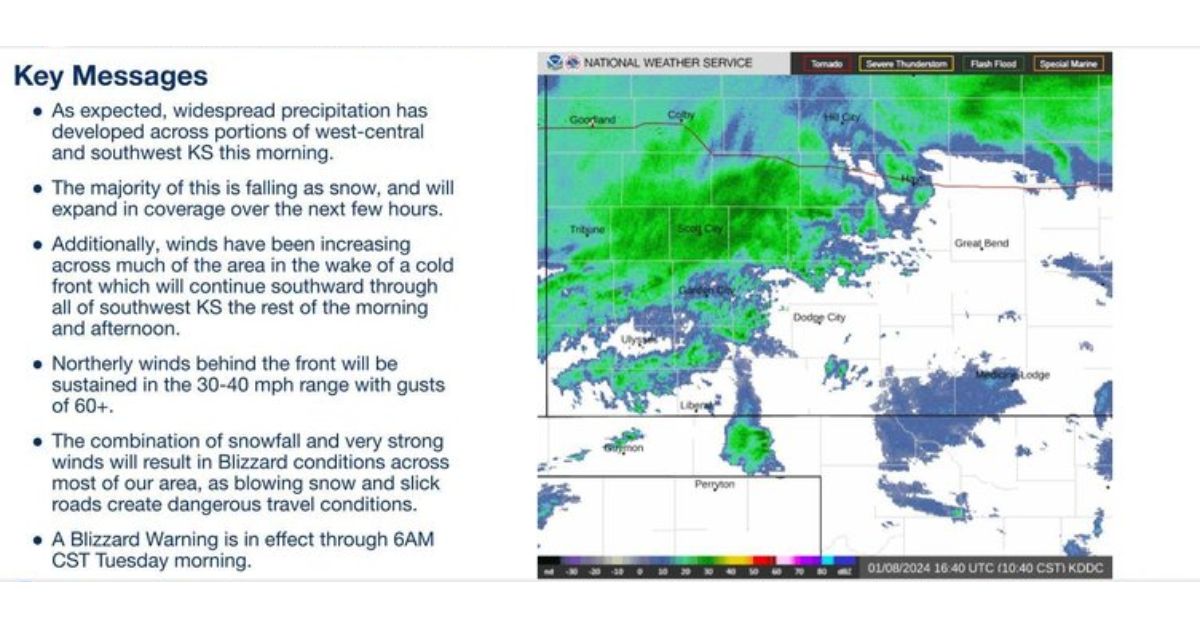Welcome to Great Bend, a charming city nestled in the heart of Kansas. Known for its warm hospitality and vibrant community, Great Bend offers more than just picturesque landscapes—it boasts a unique climate that shapes life here. Whether you’re planning a visit or simply want to stay updated on local conditions, understanding the weather is essential. From sunny skies perfect for outdoor adventures to sudden storms that can change plans in an instant, knowing what to expect will enhance your experience in this delightful region. Dive into our ultimate guide to all things related to Weather Great Bend: Your Ultimate Guide to Local Forecasts!
Understanding Weather Patterns in Great Bend
Great Bend experiences a unique blend of weather patterns, largely influenced by its central location in Kansas. The region is characterized by distinct seasons, with hot summers and cold winters. This variability keeps residents on their toes.
During summer months, temperatures can soar above 90°F. Thunderstorms are common and sometimes intense, providing much-needed relief from the heat. These storms often bring heavy rainfall and occasional hail.
Winter ushers in cold air masses from Canada, leading to frigid temperatures that can dip below freezing. Snowfall varies year to year but adds a picturesque touch to the landscape when it arrives.
Spring brings an exciting transition as temperatures rise and nature awakens. However, this season also carries risks for severe weather events like tornadoes due to fluctuating conditions.
Understanding these patterns helps locals prepare for what lies ahead throughout the year.
Factors that Affect the Local Weather
Great Bend’s weather is shaped by a variety of factors. One significant element is its geographical location. Nestled in central Kansas, it experiences the influence of both continental and maritime air masses.
The flat terrain allows for quick temperature changes. Warm air can sweep in from the south, while cold fronts move down from Canada. This interaction leads to unpredictable weather patterns throughout the year.
Seasonal variations also play a role. Spring brings thunderstorms, fueled by moisture from the Gulf of Mexico meeting dry air to the north. Winters can be harsh when Arctic systems push southward, dropping temperatures significantly.
Local topography shouldn’t be overlooked either; rivers and lakes create microclimates that slightly alter conditions in their vicinity. These diverse influences contribute to Great Bend’s unique climate tapestry, making it essential to stay updated on local forecasts regularly.
